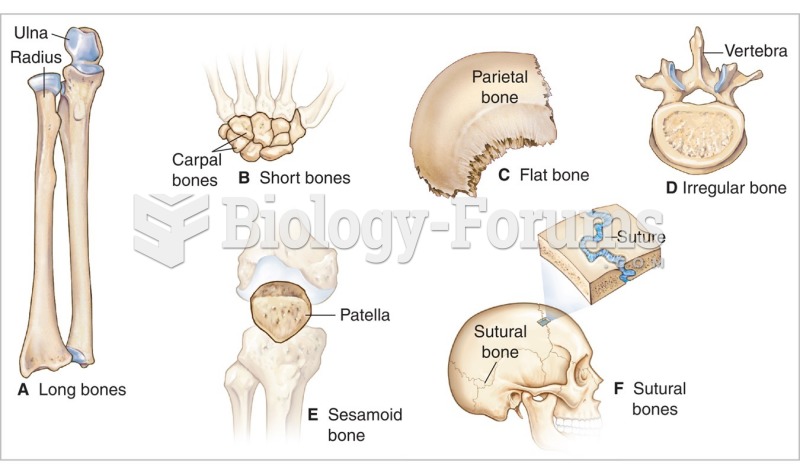Traditional racial classification assumed that biological characteristics such as skin color were determined by heredity and remained stable over many generations. We now know that
A. skin color is actually determined throughout child development.
B. skin color is determined by sun exposure and the amount of melanin in our diets.
C. a biological similarity such as skin color is also the result of natural selection working among different populations that face similar environmental challenges.
D. skin color is determined by a single gene that is prone to mutations over many generations.
E. a biological similarity such as skin color is always the result of both common ancestry and natural selection.
Question 2
In understanding the problems with attempts at human racial classification, why is it important to know the difference between genotype and phenotype?
A. The phenotypic traits typically used to classify humans into races go together as genetic units.
B. Phenotypic similarities and differences always have a genetic basis.
C. Attempts at human racial classification have typically used genotypic traits like blood type as markers of common ancestry, and these traits are passed on from generation to generation in discrete bundles.
D. Although phenotypic characteristics may change, the genetic material of populations stays the same for a long time.
E. Attempts at human racial classification have typically used phenotypic traits like skin color as markers of common ancestry, but many such traits do not reflect shared genetic material. Instead, they are often the result of different populations biologically adapting to similar environmental stressors in similar ways.







